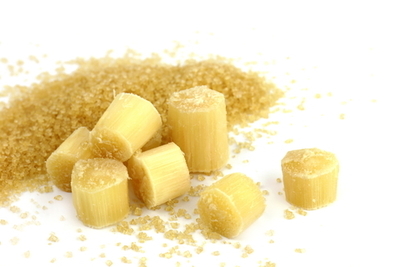Following steep sugar pricing, sugar wholesalers in Burundi have requested for proximate sugar depots to help manage operating costs.
According to the Agence Burundaise dé Presse (ABI) on November 15, 2024, the wholesalers in Burunga want a local depot. They cite that they currently have to go long ways to obtain the sugar.
Sugar in Burundi is a state-controlled product available via the MOSO Sugar Company (SOSUMO) and wholesalers obtain it directly at regional warehouses.
In places where the provincial capital is far from rural traders, the costs of obtaining the product can rise drastically.
Compounded with the government’s regular fixture of sugar prices despite rising production costs, wholesalers often lament the transport cost burden.
Tripling of Retail Price
In late September 2024, retail sugar pricing tripled to 8,000 Burundian Francs ($2.67) per kg, with SOSUMO citing shortage.
At the time, local wholesalers were selling the commodity at 3,500 Francs ($1.17), up from 2023’s 2,200 Francs ($0.73) per kg.
This rapid rise saw families cower from an inability to match the price, and in turn prompted the President’s input.
President Evariste Ndayishimiye on September 19, 2024 asked SOSUMO to review the price , then at 400,000 Francs ($133.32) per 50 kg.
He compared the rate with the import price of the same 50 kg package from Uganda at 243,000 Francs ($80.99).
Since then, the sugar agency has heeded the call and reduced the price to an unspecified amount. This is in turn becoming the plight of wholesalers whose earnings are under impact from distribution logistics.
The price movement is however not peculiar to Burundi alone for it echoes global trends. Notably, the monthly FAO sugar index which tracks average price changes rose by 2.6% in October 2024.
In short, pricing controls are now impacting sugar wholesalers in Burundi after affecting consumers earlier. Below is a bigger snapshot of the sugar industry in the Great Lakes region’s country.
Burundi Sugar Statistics
Burundi is a moderate sugar producer, at rank 100 out of 136 nations for 24,000 tonnes of sugar, as of 2022. The country processes virtually all its sugar from sugarcane, whose total production in 2021 was 181,418 tonnes. In 2022 the amount inched up to 188,416 tonnes, according to FAOSTAT.
What is the sugarcane acreage in Burundi?
The total sugarcane belt in Burundi extended to 2,616 hectares in 2021, then increased by 3.1% in 2022 to 2,697 hectares.
How high are Burundi’s annual sugar and confectionery imports?
Burundi had a relatively medium sugar and confectionery import value in the half-decade ending 2015. The period’s imports ranged from $7.33 million and $13.8 million per annum. From 2016 onward, imports shot upward to reach their highest point in 2022 at $31.2 million.
Are sugar exports bigger than imports?
Exports of raw sugar (minus confectionery), at $45.3 million, were almost double the imports, at $26.5 million, in 2022. 2022’s main export destination was the Democratic Republic of Congo ($45.3 million) while the key import source was Uganda ($12.9 million).
Is the annual sugar consumption volume high in Burundi?
Because of its small geographical size, Burundi is a moderate sugar consumer by volume but is a major consumer per capita. For example in 2022, its sugar/sweetener consumption was at 76,000 tonnes versus 5.71 kg per person per year. By comparison, India in 2022 consumed 28,527,000 tonnes of sugar, at 20.01 kg per person per year.
